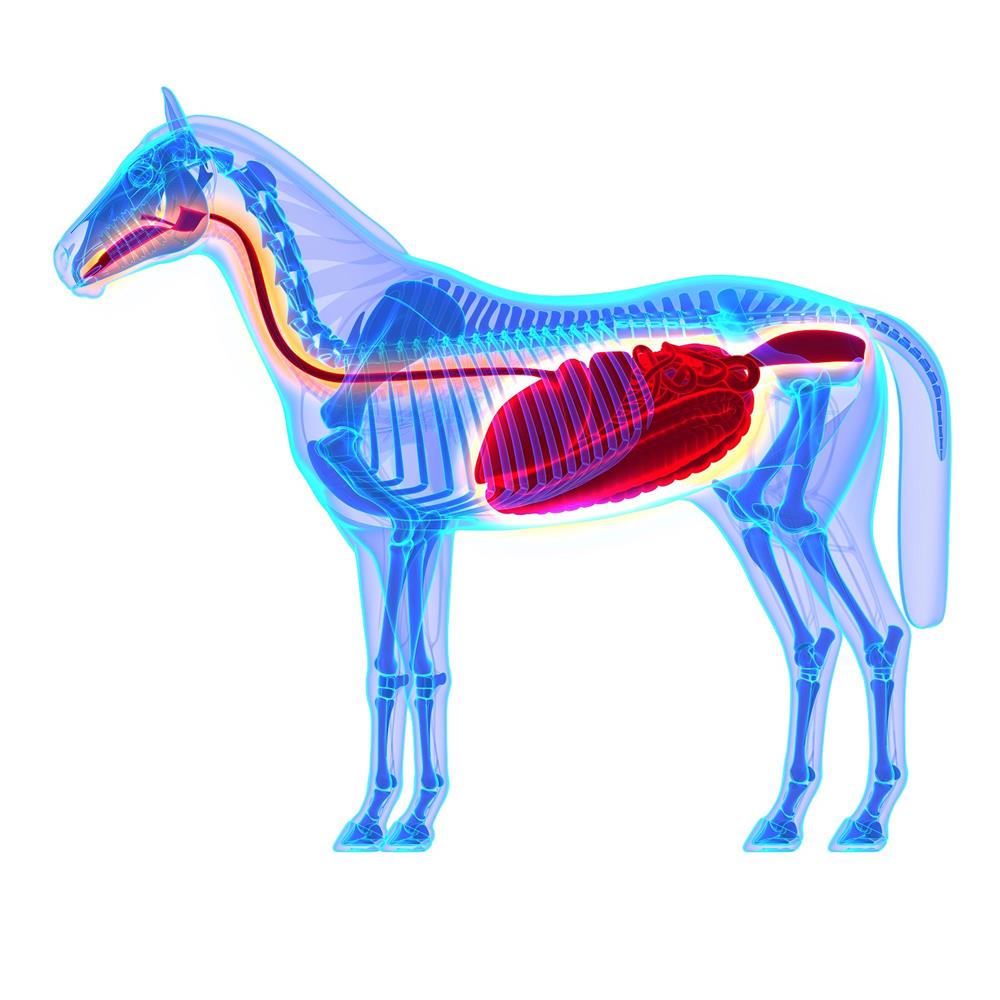
30
Jan
In issue 4 of The Journal for Equine Nutrition, guest contributor Alison Morris takes an in-depth look at Equine Metabolic Syndrome, the risk factors associated with it and how horses with this condition can be managed.




















